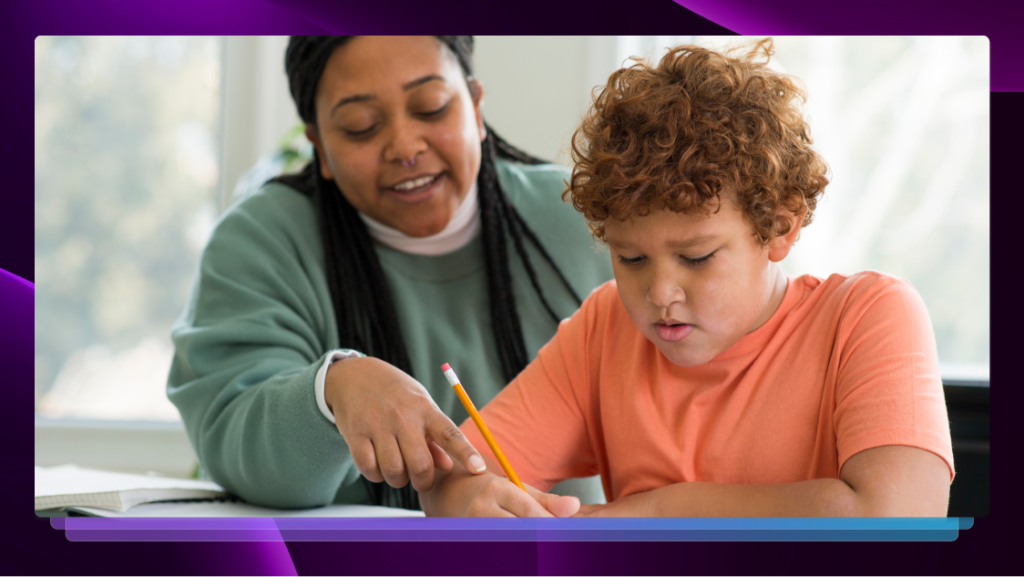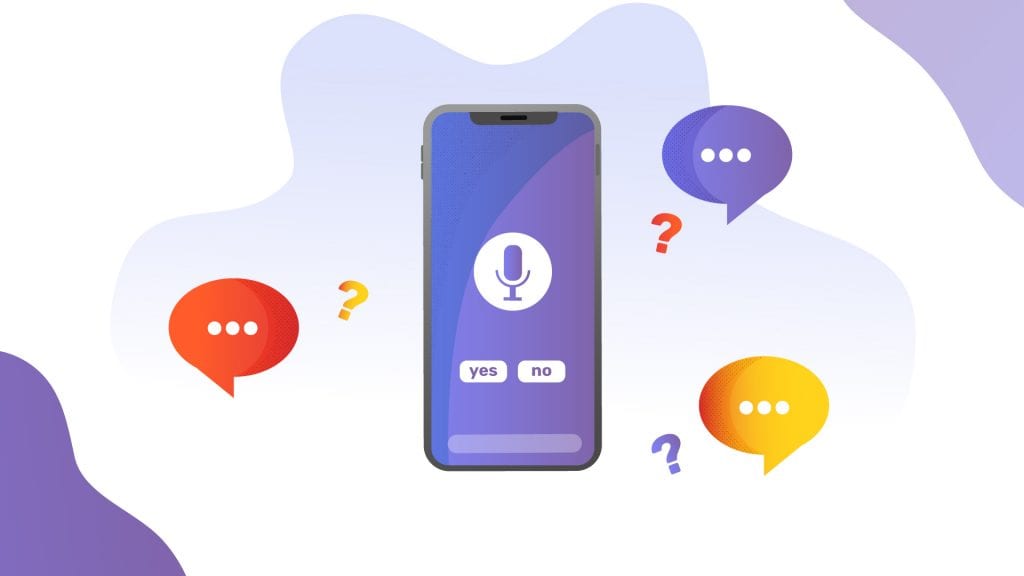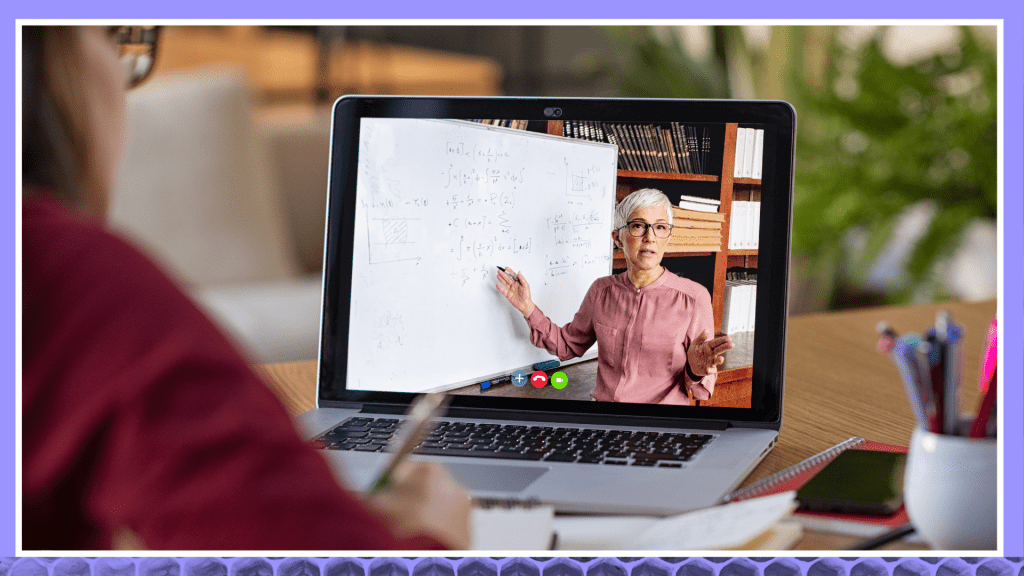Artificial Intelligence in Education
Artificial Intelligence (AI) has made an impact in education, but how can speech to text help it go further for students?

Beyond early dreams of robots and voice-activated machines, artificial intelligence (AI) has slowly made lasting inroads in many different industries. Indeed, AI has served to enhance the hard efforts of people putting in the work. Educators can focus on creating engaging and challenging content, leaving the support work to machine learning. Additionally, accessibility has gained a renewed focus with the help of AI tools.
How can we better understand the future uses of AI in education? Let’s start by looking at how these tools are being used today to support learning access in educational institutions. It’s also important to start with the right questions. What are some examples of artificial intelligence in education and learning? What areas of learning are overlooked for machine learning applications? How can AI be more easily integrated into educational workflows?
How is AI Being Used in Education?
Online learning trends have been most prevalent recently. However, they are not the only area impacted by technology assistance. Instructors have been well known for employing anti-plagiarism programs such as Turnitin or Grammarly for years now. Of course, no professor wants to find students copying work. Some emerging technologies for teaching are working ahead of the plagiaristic acts to reinforce learning and retention.
Backing up a bit, everyone learns in different ways. Some students do best with auditory, others presentations, and others simply read and retain the material. The majority of professors already employ presentations and speaking, so readers are left out. Professors can employ a voice-to-text program to convert their lecture into an accurate transcript. Students can read in advance and come with questions, or follow along and make their own notes and not just spend the entire class time listing the lecture verbatim.
The wide-ranging impacts of technology on education cannot be overstated. Similar to plagiarism AI can also be applied to help with testing. Natural language processing, or NLP, can be applied to help grade essays. That will save even more time than just sticking a scantron in a machine! Artificial intelligence in the education sector is meant to bring greater efficiency to an educator’s workday while also giving students timely feedback.
Applying AI for a Global Perspective
One often-overlooked side of accessibility is the language barrier. Technology has enabled the world to become more connected. Communication flows easily, but only if you know the language. For better access to research and resources, students often travel abroad. To help advance their comprehension, educators can provide subtitles and real-time captions, depending on the audience. Or vice versa as English content travels the world.
Another trend in global access to education is pre-recorded content. Not everyone can tune into a live lecture or is in the same timezone. Therefore, beyond transcripts, educators can also add subtitles to their videos for asynchronous learners. The combination of reading and listening to another language accelerates your mastery of that language. And aren’t improved learning outcomes the main goal?
The Future of AI in Education
The classrooms and lecture halls of the future have already been imagined if you’re a viewer of Star Trek, The Jetsons, or Zenon. But we don’t need to go into space to bring AI technologies into the education sector. Voice to text has become ubiquitous inside smartphones and home devices such as Alexa, Nest, and Sonos. But what about going beyond setting timers and ordering dinner?
Speech to text (STT) solutions can be applied through machine learning. Deep learning technologies like NLP and automated speech recognition (ASR) can transform the way students consume materials or conduct research projects. By converting the spoken word to text, ASR technology can automatically produce transcripts of any audio and video. NLP can work to provide summaries, pull out themes, or track student engagement during a lecture.
One of the greatest benefits of working with technology in the education sector is the breadth of knowledge. Those in higher education are trained to specialize and narrow their focus. When machine learning is applied to a lecture AI can pull from a wider variety of sources. Enhancing education can be a seamless process.
However artificial intelligence is applied in the education sector, accuracy is critical. Even assisted by machine learning, educators are still working to create original and challenging content. This content must be conveyed at the same level of quality as intended. By working with a STT provider such as Rev, you have 99% guaranteed accuracy across transcripts, captions, and subtitles. Educate with confidence.















